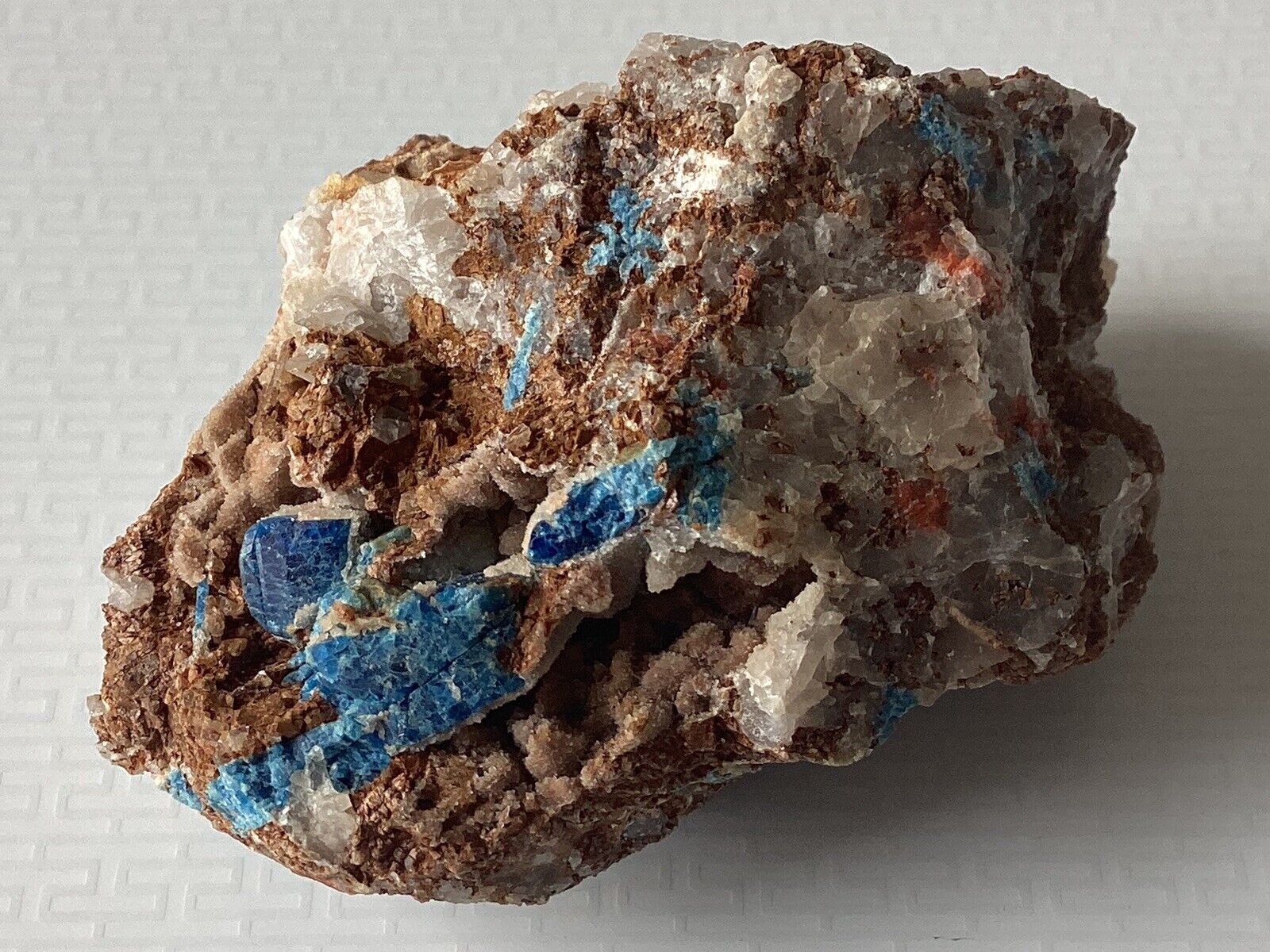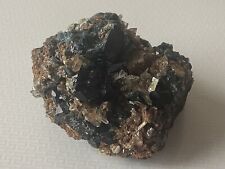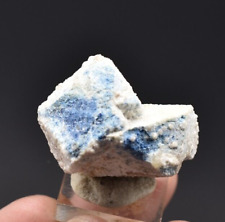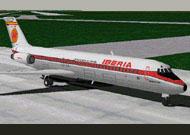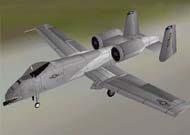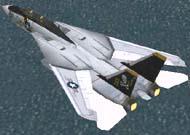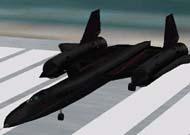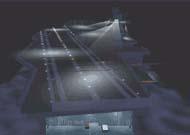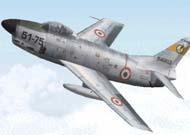When you click on links to various merchants on this site and make a purchase, this can result in this site earning a commission. Affiliate programs and affiliations include, but are not limited to, the eBay Partner Network.
Lazulite from Werfen is quite a rarity and of notable relevance for Europe as a whole. Whilst not comparable to material from Afghanistan or Canada it is still probably the best location for lazulite in Europe. This particular specimen has one exposed and isolated sharp, glossy crystal with an intense blue colour in nice contrast with the white and brown iron stained quartz matrix. From Raidlgraben (‘Radelgraben’), Fritzbach Valley, Pöham, Werfen, Salzburg, St. Johann im Pongau District, Austria, it measures 49x33x27 mm and weighs 44 g.
Please note: this particular item is not large and is classed as a miniature-sized specimen (4.5-7 cm).
Werfen is the only area in entire Europe that produced lazulite of relevance. Whilst only a few metres square, the Raidlgraben locality was a historic discovery and is well known for the very best specimens from the area. Raidlgraben is a small southern branch of the Fritzbach Valley, located south of Pöham and about 8 km south east of Werfen in the district of St. Johann im Pongau, Land Salzburg, Austria. It comprises outcrops of quartz-carbonate veins hosted by greenschists of the Werfen series. Some of the veins were worked for iron by a small mine near the entrance to the valley, of which some dumps still remain. The discovery of lazulite there, known as the discovery of the century, was made in the early 1970s. The locality produced only a few clefts, other material which was found nearby never had the intense colour. Most specimens show just veins or fragments of crystals, a piece with relatively sharp faces is exceptional. Specimens are rare and very hard to obtain. Whilst the general Werfen area is famous for lazulite, most material came from the nearby Färbergraben locality where specimens show lighter colour and less faces, more a layer or micro-crystals.
Lazulite (a phosphate) is a rare blue, phosphate mineral containing magnesium, iron, and aluminium phosphate. It forms one end-member (and is the magnesium analogue) of a solid solution series with the darker iron-rich scorzalite. Lazulite crystallises in the monoclinic system and can be azure-blue, sky-blue, bluish white, yellow-green, blue-green, but rarely green. Transparent to translucent to nearly opaque with a vitreous lustre, it forms as tabular, acute to stubby bi-pyramidal or wedge-shaped crystals; granular, massive. Lazulite is infusible and insoluble and forms by high grade metamorphism of high silica quartz rich rocks and in pegmatites. It occurs in association with quartz, andalusite, rutile, kyanite, corundum, muscovite, pyrophyllite, dumortierite, wagnerite, svanbergite and berlinite in metamorphic terrains; and with albite, quartz, muscovite, tourmaline and beryl in pegmatites. It may sometimes be confused with lazurite, lapis lazuli or azurite. Lazulite was first described in 1795 for deposits in Styria, Austria. Its name comes from the German ‘lazurstein’ for blue stone, or from the Arabic word for heaven. Mohs hardness 5.5-6.
Quartz (a tectosilicate) composed of silicon and oxygen (silicon dioxide), is the second most abundant mineral in Earth's continental crust, behind feldspar. There are many different varieties of quartz, several of which are semi-precious gemstones, and since antiquity varieties of quartz have been the most commonly used minerals in the making of jewellery. The word quartz is derived from the German word ‘quarz’, which had the same form in the first half of the 14th century in Middle High German and in East Central German and which came from the Polish dialect term ‘kwardy’, which corresponds to the Czech term ‘tvrdý’ (hard). The Ancient Greeks referred to quartz as κρύσταλλος (‘krustallos’) derived from the Ancient Greek κρύος (‘kruos’) meaning icy cold, because some philosophers (including Theophrastus, successor to Aristotle in the Peripatetic school) apparently believed the mineral to be a form of supercooled ice. Today, the term rock crystal is sometimes used as an alternative name for the purest form of quartz. Mohs hardness 7.


